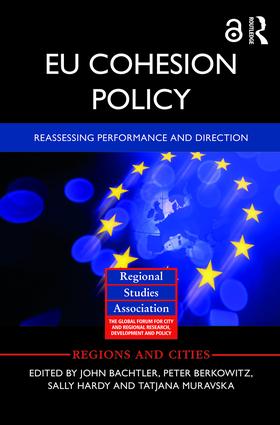
Cohesion Policy and regional development
The countries of Central and Eastern European (CEECs)2 became members of the European Union (EU) after a difficult process of post-socialist transformation. It is still debated whether this transformation has been completed. The success of this unprecedented political, social, institutional and economic transformation and restructuring has allowed them to become part of the world’s largest common market and to become actors in the development of the EU’s manifold policies, to improve standards of living and to open their societies to the outside world.
In spite of unquestionable successes in terms of economic growth, social advancement, and political and institutional reforms, post-socialist transformation and the early years of EU membership did not allow the CEECs to overcome several critical weaknesses in their overall socio-economic and institutional structures. The global financial crisis of 2008–9 hit most of the CEECs especially hard; Poland was the only exception without a single year of recession. It brought starkly into focus the disjuncture between a fast growth in productivity and a rather poor performance in developing innovative capacities to support longerterm sustainable growth and assure the competitive positions of these countries in the future. Also, the processes of territorial development have led to an increase in regional differences, which have not been alleviated by Cohesion Policy whose benefits have been enjoyed by the CEECs.





